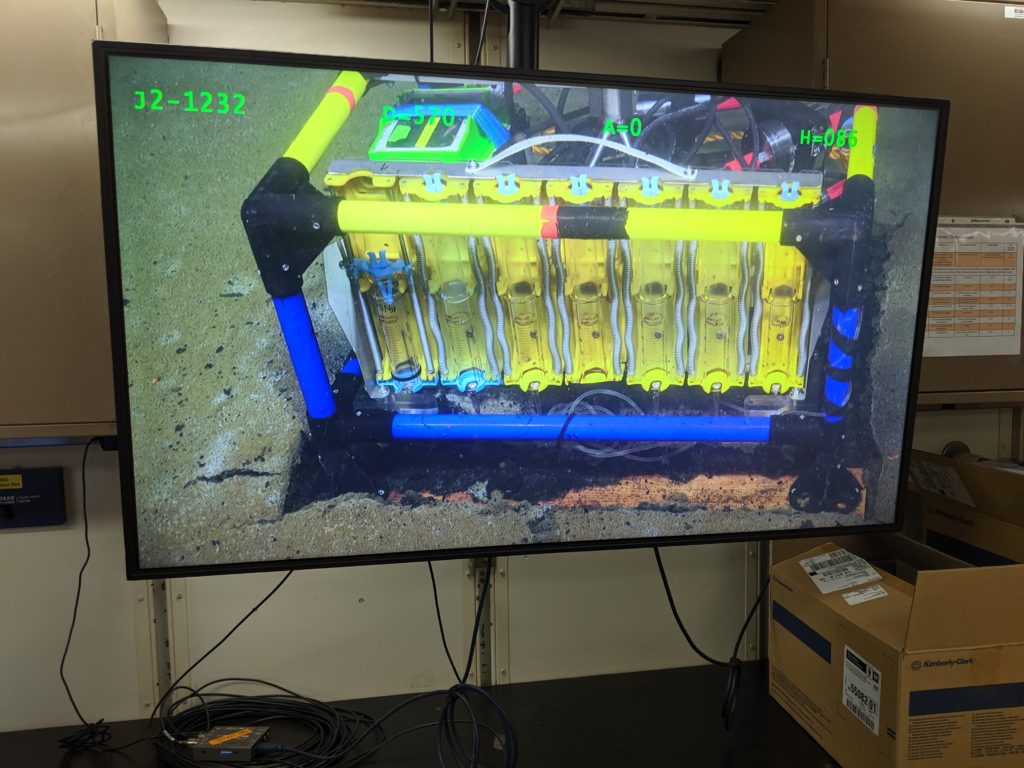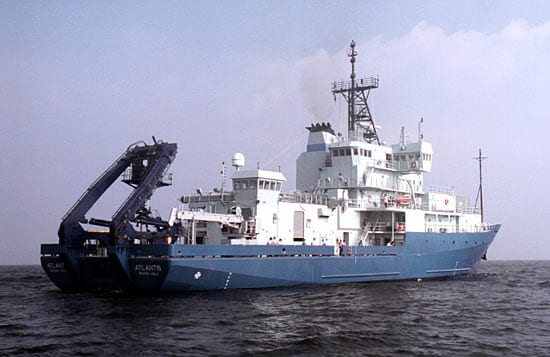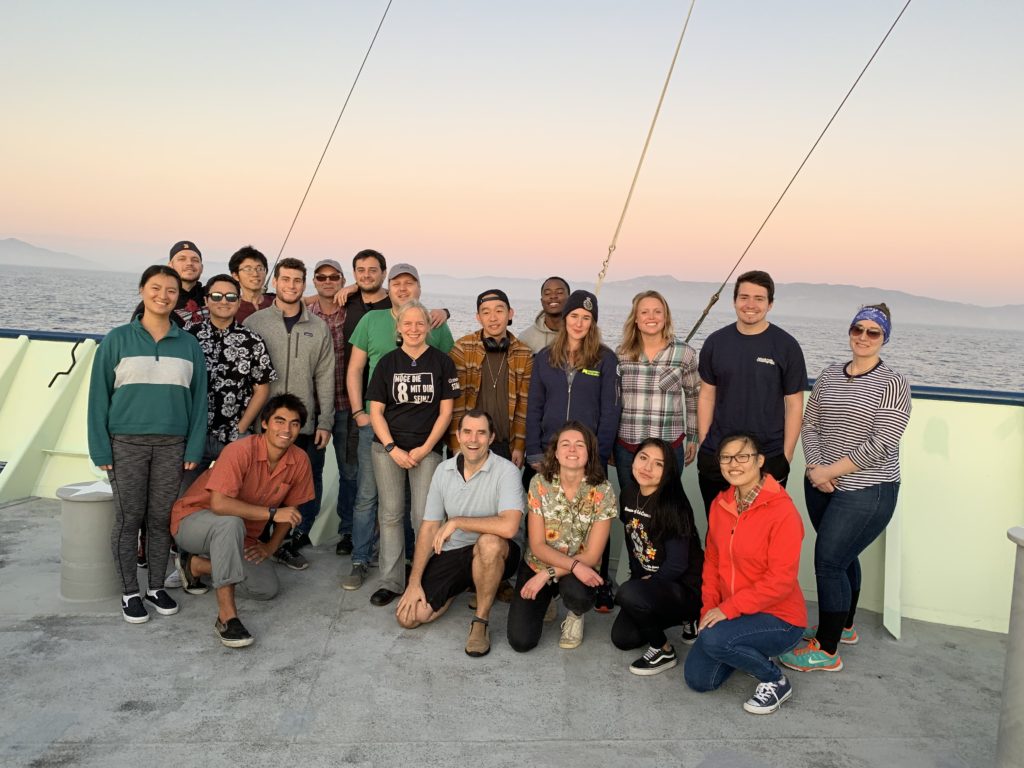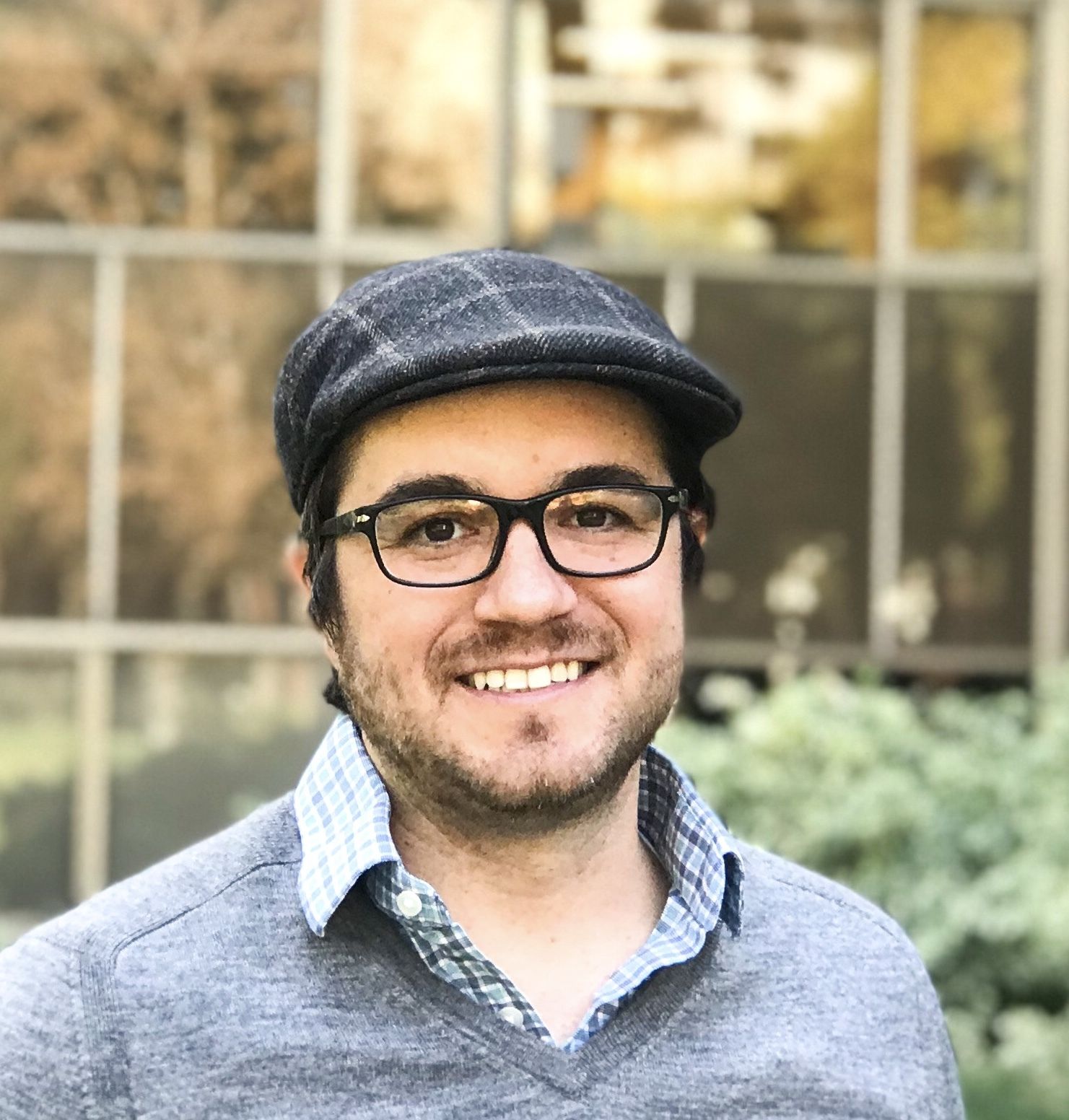
Studies show importance of deep-sea elements to microbial marine life in the Santa Barbara Basin
Ocean chemistry of iron, sulfur and nitrogen processes in deep waters off Santa Barbara County are essential to the marine ecosystem
Phytoplankton — microscopic marine algae — are a fundamental part of the marine food web. They feed small fish, zooplankton, crustaceans and other tiny organisms that, in turn, become food for larger fish and other organisms.
In 2019, UCLA researchers embarked on a shipborne mission to investigate how microbes on the seafloor affect the chemistry of the waters phytoplankton depend on in the Santa Barbara Basin — an 80-by-32-kilometer area of the coastal Pacific Ocean where depths reach 600 meters.
Using data from the excursion, a UCLA-led paper published in Biogeosciences found evidence that surface-level plankton relies on iron that fluxes up from the basin’s oxygen-deficient depths.
“We found the highest levels of iron in any of California’s oxygen-deficient basins, and that’s important to phytoplankton growth at the surface,” said DeMarcus Robinson, lead author of the paper and a Ph.D. student in UCLA’s department of Atmospheric and Oceanic Sciences.
Iron is critical to phytoplankton growth around the world, Robinson said. The plankton use iron in chemical processes to get energy through photosynthesis. In places without much iron, such as the southern oceans around Antarctica, little phytoplankton growth is observed at the surface.
In the Santa Barbara Basin, most marine iron comes from atmospheric deposition, dust driven by wind and sediments. Microbes in the sediments feed on marine snow — the shower of dead animals and plants, fecal matter and dust that falls to the seafloor. Iron circulates from the deep to the surface via upwelling from ocean currents, vertical mixing between warmer and colder waters, and shifting oxygen levels in the deep water.
A separate paper from the research expedition examined the relationship between iron, nitrogen and sulfur on growth of microbial mats on the sea floor of the Santa Barbara Basin. The bacteria consume sulfide and nitrogen to become some of the largest bacteria in the world — large enough to see with the naked eye.
Previous research had discovered nitrogen loss in the basin over the past few decades. The UCLA researchers wanted to find out whether these microbial mats were the cause.
Their observations did not support that conclusion, but uncovered a more complex situation. The mats are responsible for preserving nitrogen in the system by transforming it into ammonium. Other bacteria below the mats consume sulfate and transform it into toxic sulfide, which is then consumed by the bacteria that make up the mats. Iron is again part of the picture — microbial mats didn’t form where there was too much of it in the seafloor.
Both papers revealed the complexity of chemical interactions among fundamental organisms to the ecosystem of the Santa Barbara Basin. The findings will be used in future research that will investigate how deoxygenation of the basin — driven by global warming — may drastically affect what species can live on the seafloor, said David J. Yousavich, UCLA Ph.D. student and lead author of the second paper.
Learning about deep-sea chemical processes is important to understand how climate change may affect marine life, Yousavich said.
“Warming temperatures are causing oxygen-minimum zones to expand in the world’s oceans, and that could have catastrophic impacts on marine life and humans,” Yousavich said, noting that a billion people in developing countries depend on fish and other seafood as their primary source of protein.
Both deep-sea papers were co-authored by UCLA professor Tina Treude, director of the Marine Center at UCLA’s Institute of the Environment and Sustainability.

The research excursion took place on the 274-foot vessel Atlantis, which is owned by the United States Navy and operated by Woods Hole Oceanographic Institution. The ship includes six science labs, navigation and seafloor mapping technology and satellite communications. Winches, cranes and a machine shop support manned and unmanned undersea research vehicles used for observation and to place, move and retrieve research equipment.
The researchers’ days on the vessel began before breakfast to prep lab equipment and analyze samples from the night before. In the middle of the day, they deployed instruments, retrieved samples and prepped them for lab analysis. The only real breaks came when the ship was travelling from one station to another.
In the end, it was a fulfilling experience for the UCLA researchers.
“It was my first research cruise,” Robinson said. “I remember the first sample night when Tina (Treude) came into our rooms at 2 a.m. because the first samples were coming onto the ship. I sprang into action.”
Beyond research, Robinson said he enjoyed the experience itself — seeing sunrises, sunsets, and living in the moment.
“The ocean is vast, remarkable and humbling. I am grateful to have been a part of this,” he said.


